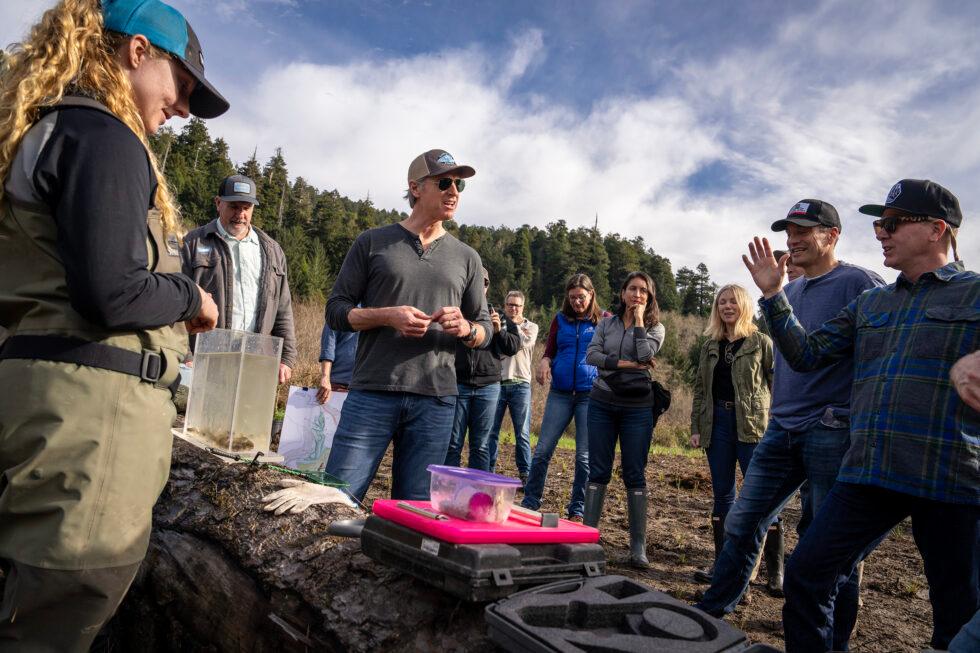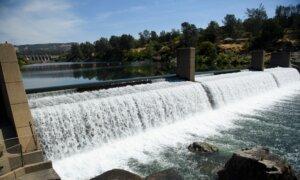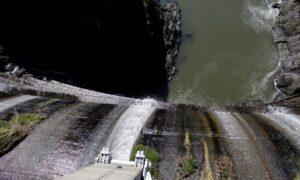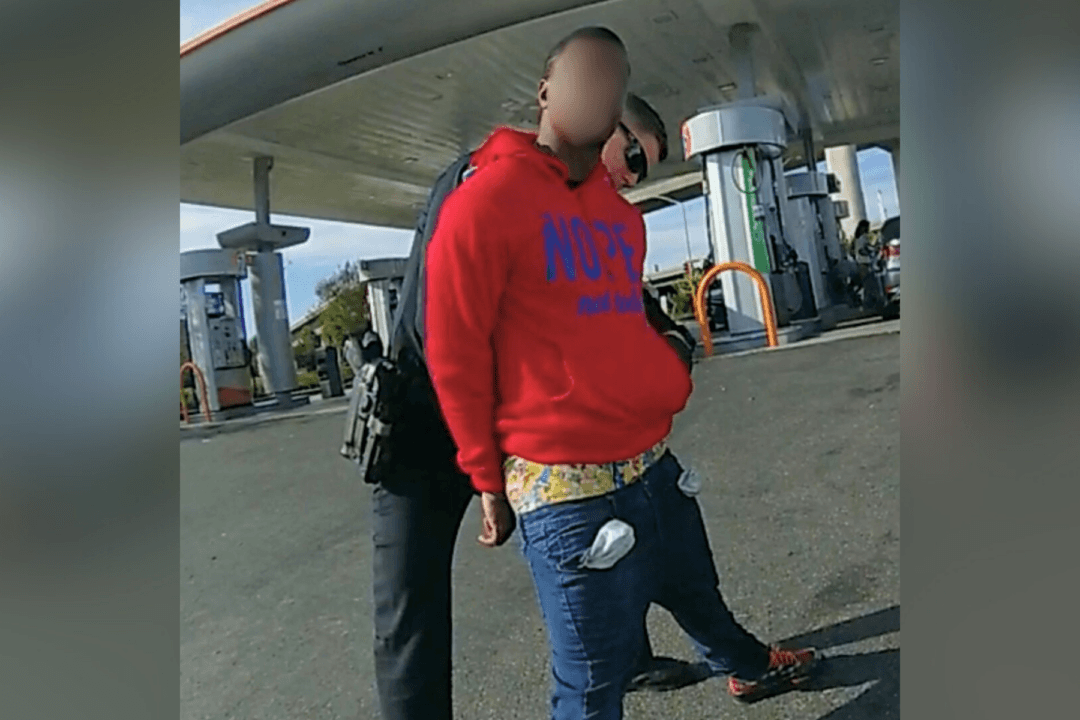California Gov. Gavin Newsom announced April 11 he is requesting a federal disaster declaration, following a decision by federal fishery managers to cancel all salmon fishing off the California coast for a second consecutive year.
The request—sent to U.S. Secretary of Commerce Gina Raimondo by Lt. Gov. Eleni Kounalakis on behalf of the governor—seeks to offer financial aid to affected communities while aiming to safeguard salmon populations and bolster the local fishing industry, the governor’s office said.
In the request, the state anticipates a loss exceeding $47 million due to the closure of the 2024 salmon fishing season.
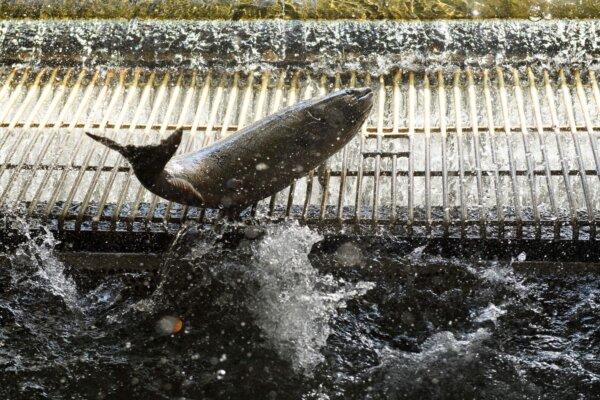
The Pacific Fishery Management Council unanimously voted April 10 to ban all commercial and recreational fishing of chinook salmon through the end of the year due to steep population declines. This marks the fourth time in state history such a measure has been taken, following previous closures during the 2008, 2009, and 2023 seasons.
The National Marine Fisheries Service is expected to implement the closure in May, when the typical salmon fishing season begins, according to the governor’s office.
Salmon originating from California’s Klamath and Sacramento rivers spend roughly three years maturing in the Pacific, where many are caught by commercial fishermen before they can return to their spawning grounds to reproduce. Ones that made their way back to the rivers will die after laying eggs.
California’s Chinooks that spawn in the spring are classified as threatened under the state Endangered Species Act. Additionally, those that spawn in the winter are also endangered, as are the Central California Coast Coho salmon, which have been off-limits to California commercial fishers since the 1990s.
Although the Golden State has experienced some wetter years recently, experts say the recovery of the fish population won’t be rapid due to the species’ long maturation period.
Factors impacting the fish population over the past three to five years, in addition to the years-long drought, include severe wildfires affecting spawning and rearing habitats, harmful algal blooms, and shifts in ocean forage, the governor’s office said. Such have affected those who rely on the fish for commerce.
“These factors ... will have severe and long-lasting impacts on already distressed tribal and coastal communities, and the businesses that depend upon these fisheries,” Ms. Kounalakis said in the request.
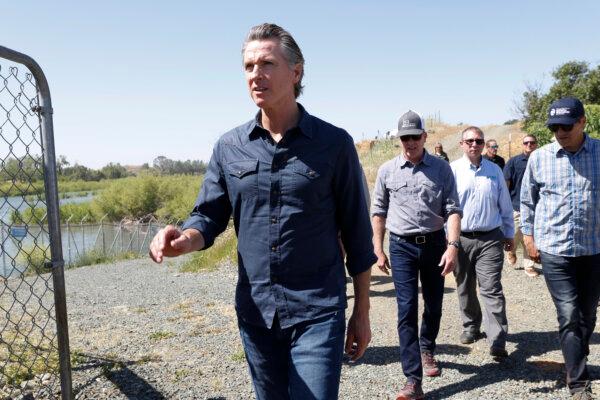
Affected industries, including fishermen, boat operators, and restaurant owners, have expressed concern about their economic future due to the now two-year closure.
“A lot of people have already been hurting because of last year’s shutdown,” Scott Artis, executive director of Golden State Salmon Association, told the Los Angeles Times. “And this is just going to be one more devastating blow.”
California’s commercial salmon fishing fleet now numbers around 460 vessels, with many having already turned to other work to sustain themselves, said Mr. Artis. Those who run charter boats for recreational fishing will also have to find alternative businesses for another year, he said.
“Decades of climate extremes have severely impacted our salmon populations, and we’re taking action to address this crisis for the long-term,” Mr. Newsom said in a statement Thursday. “We’ll continue working with the Biden Administration and Congress to ensure California’s fisheries and impacted communities are supported during this critical time.”
Over the past three years, the Newsom administration and the California Legislature have invested more than $800 million in state funds to protect and restore salmon populations.
In January, the governor launched a strategy to revive the population through a diverse array of habitat restoration projects in the Sacramento-San Joaquin Delta, McCloud River, and wetland and meadow projects statewide.
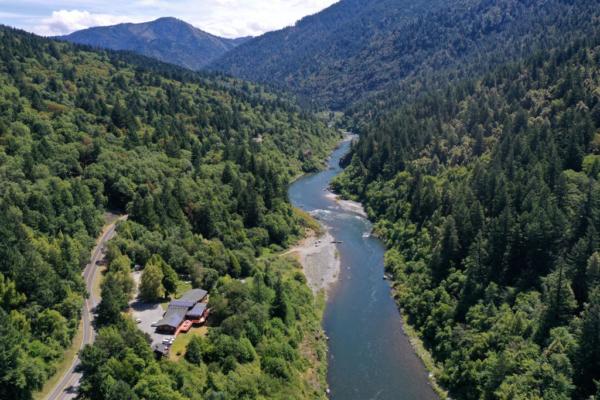
Additionally, the state plans to remove four dams from the Klamath River, restoring nearly 400 miles of previously blocked river habitat for salmon, steelhead, lamprey, and other native fish species. One dam was demolished last September, and the remaining are scheduled for removal.
In early March, approximately 830,000 young Chinook salmon died from trauma caused by sudden pressure change after being released above Iron Gate Dam in the Klamath River, according to the California Department of Fish and Wildlife.
According to the agency, the disaster was not triggered by poor water quality, which became a concern earlier this year after the century-old Copco Lake—near the Oregon border—was drained in January as a part of the dam removal projects, washing sediments into the Klamath River.
